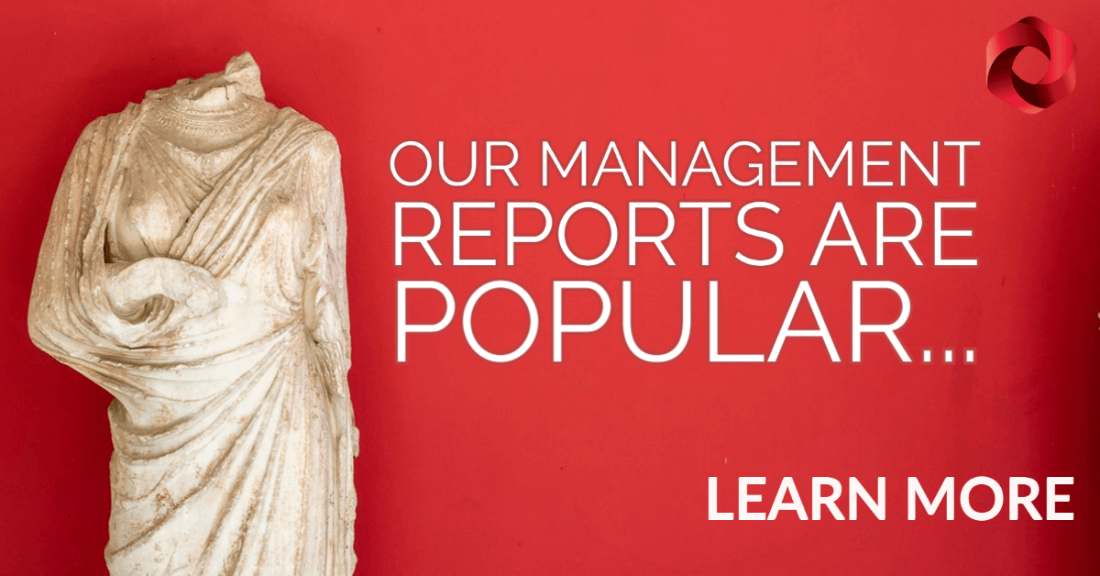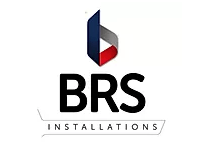Changes to the Research & Development (R&D) Tax Credits from 1st August 2023
- June 2023
- 5 minutes
These changes will have an effect on the amount of relief limited companies can claim, the costs that qualify, additional information required and the advance notice you must give HMRC before submitting your claim.
You must take these changes into consideration in any upcoming R&D Tax Relief claims. If you don’t, you might be subject to a time-consuming investigation that will cause your relief to be delayed by several months and may harm your relationship with HMRC.
 Changing rates of R&D Tax Relief
Changing rates of R&D Tax Relief
R&D tax relief for businesses is now available in a different amount. While the amount of support offered through the Research and Development Expenditure Credit (RDEC) has increased, the SME R&D Tax Relief Scheme has become less generous.
The new rates are applicable for qualifying expenses incurred on or after April 1, 2023. The SME scheme’s rate dropped from 130% to 86%. Loss-making businesses can still take advantage of the current surrender rate of 14.5% if they allocate at least 40% of their total expenses to qualifying expenses.
The surrender rate or cash back rate dropped to 10% for loss-making businesses that spend less than 40% of their expenses to qualifying R&D. Here is how these changes impact the relief that businesses in various financial situations can access.
| Financial Position | Relief Before 1st April 2023 | Relief after 1st April 2023 |
Change
|
| Loss-Making | 33.35% | 18.6% to 27% |
-6.35% to -44.23%
|
| Profitable | 24.7% | 16.34% to 21.5% | -33.85 to -12.96% |
If your business is profitable, the increased corporation tax may partially offset the lower enhancement rate. Companies will now pay a 25% corporation tax rate on profits over £250,000.
Businesses with profits between £50,000 and £250,000 will pay a rate that falls between the new 25% tariff and the current 19% rate. This indicates that your SME R&D Tax Relief will now be worth 21.5% of your qualifying expenditure, up from 16.34%, if your company has profits of more than £250,000.
The RDEC rate will rise from 13% to 20% as a result of government action. Corporation tax is owed on RDEC because it is an above-the-line credit. As a result, it is additionally subject to a higher corporation tax rate.
Here are the implications for your funding.
| Original RDEC Relief rate | Original RDEC after Tax | New RDEC relief date |
New RDEC rate after tax
|
| 13% | 10.5% | 20% | 16.2 to 15% |
As you can see, if you are claiming RDEC, you will receive between 42% and 54% more tax relief, depending on how profitable your company is.
 Changes to R&D tax relief – Notification period
Changes to R&D tax relief – Notification period
The claim notification form must be submitted no later than six months after the end of the accounting period to which the claim relates. Your claim will not be accepted if it is not submitted by this date, per changes to R&D tax relief that will take effect on April 1, 2023.
 Who can submit the notification?
Who can submit the notification?
If you are: You may fill out and submit the claim notification form in order to comply with the R&D tax relief changes that take effect on 1 April 2023.
- a company representative – a person acting on the company’s behalf
- an agent acting on behalf of the company
 Costs of the cloud, data, and mathematics to be eligible for relief
Costs of the cloud, data, and mathematics to be eligible for relief
Certain data licencing costs and cloud computing solutions are now eligible for relief. The Department for Business, Energy and Industrial Strategy (BEIS) regulations governing the R&D Tax Relief scheme have also been changed by the government to include pure mathematics-related activities as qualifying development work.
These costs, like other qualifying expenses, must be connected to actions that directly address a scientific or technological uncertainty. HMRC will permit you to allocate a reasonable portion of the costs to your R&D Tax Relief claim if you use a dataset or cloud computing service, like AWS, for both qualifying and non-qualifying work.
A dataset’s creation costs, such as the salaries of the employees involved, will be exempt from payment. Unless you are contractually permitted to publish the data, sell to or share it with a third party, or pay data licencing fees, you will also be eligible for relief from these charges. These changes will be effective for fiscal years beginning on or after 1 April 2023.
 New claim requirements – Changes from 1 August 2023
New claim requirements – Changes from 1 August 2023
From 1 August 2023, you must submit an additional information form to support all your claims for R&D tax relief or expenditure credit. If you do not submit the additional information form, HMRC will not be able to process your claim.
You will be required to provide much more information about your research and development work in your R&D Tax Relief claim starting on 1 August 2023. You will be required to submit this information via the new “additional information form,” which will aid HMRC in identifying fraudulent and abusive claims. Your claim will be automatically rejected if you don’t do this.
 Company Details:
Company Details:
- Subcontractor Cost
- Staff
- UTR must match the Company Tax Return
- PAYE reference
- Software
- VAT Registration Number
- Business type
 Contact Details:
Contact Details:
- the company’s primary senior internal R&D contact, such as a company director, who is in charge of the R&D claim.
- any representative of the R&D claim.
- Additionally, the start and end dates of the accounting period must be entered.
 What else will change for R&D tax credits beginning with the first accounting period that begins on or after April 1, 2023?
What else will change for R&D tax credits beginning with the first accounting period that begins on or after April 1, 2023?
Other significant adjustments to R&D Tax Credits were disclosed in the Autumn Budget of the previous year. The majority of measures aim to strengthen defences against fraud and mistakes in R&D claims. The new regulations stipulate:
- Claims submitted digitally – All businesses must submit their R&D claims online. It is simpler for HMRC to review data and conduct risk assessments by requiring digital submission for all R&D-related expenses.
- There are more categories of qualifying expenditure. Additionally, licence fees for datasets, data analytics, and cloud computing costs are being added to the list of qualifying expenses.
- Claims must include additional information – All claims must be supported by additional data, such as a list of the various types of R&D expenses. Once more, this measure aids HMRC in conducting risk evaluations.
- Claimants must submit a pre-notification of their claim – if companies are new claimants or have not claimed in the previous 3 accounting periods-According to new regulations, businesses that are claiming relief for the first time (or that have not claimed in the previous three financial periods) must submit an online pre-notification of their claim to HMRC. This provides HMRC with the chance to be proactive in educating businesses about legal R&D procedures and adds additional safeguards against reliefs being falsely claimed.
- Claims must include details of any associated agents – Each R&D claim will need to include details of any agents associated with the submission. Requiring details of any agent associated with the claim will allow HMRC to spot the involvement of agents with a track record of facilitating spurious claims.
At TaxQube Group, we help limited companies ensure compliance with HMRC R&D processes. If you need help in submitting your R&D tax credits claim, please do feel free to get in touch with us by completing the contact us form.
















